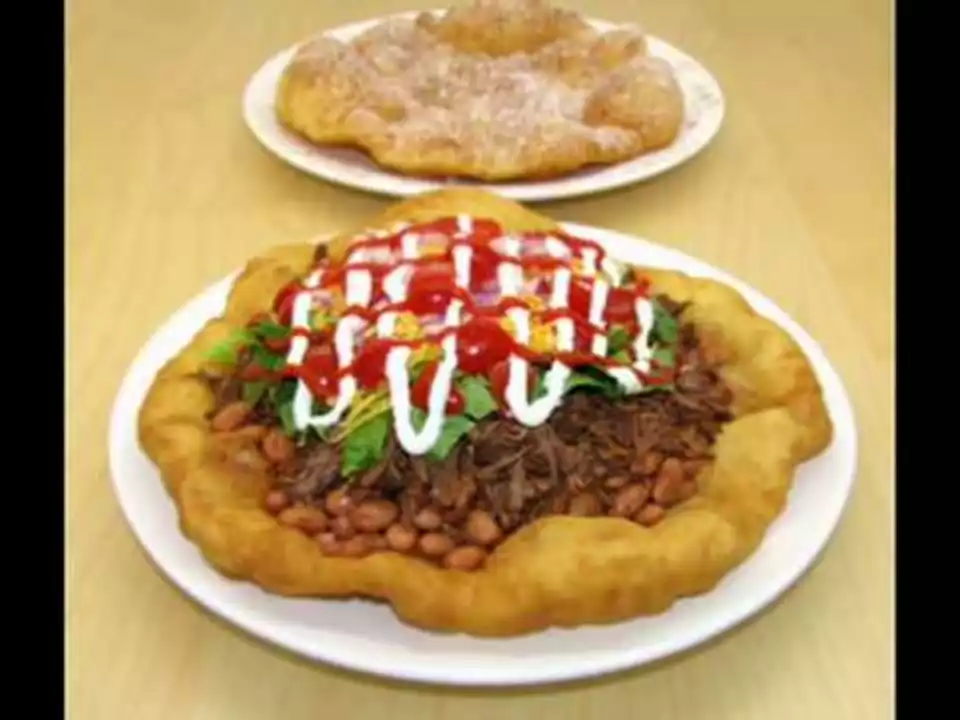Traditional Dish: Classic Flavors You Can Cook Today
Ever wondered why some dishes feel like a hug from your childhood? That’s the power of a traditional dish. It’s more than taste; it’s history, family, and culture rolled into one plate. In this guide we’ll break down what makes a dish traditional, share a few crowd‑pleasing examples, and give you simple steps to bring them to your kitchen.
What Defines a Traditional Dish?
A traditional dish usually comes from a specific region or community and has been passed down for generations. The ingredients are often local, the techniques simple, and the flavors familiar to anyone who grew up eating it. Because the recipe travels through families, each version might have a tiny twist, but the core identity stays the same.
Easy Ways to Start Cooking Classic Recipes
1. Pick a dish you love – it could be a spicy curry, a hearty stew, or a sweet treat. 2. Look for a reliable recipe that lists everyday ingredients; avoid exotic items that are hard to find. 3. Gather the spices first – most traditional meals rely heavily on a handful of spices, and mixing them ahead saves time. 4. Follow the cooking steps exactly the first time; once you get the rhythm, you can experiment.
Take a simple example like dal tadka. You only need lentils, onions, tomatoes, turmeric, cumin, and a pinch of chili. Cook the lentils until soft, sauté the spices in oil, pour the mixture over the dal, and you have a comforting bowl in under 30 minutes. No fancy gadgets, just a pot and a stove.
If you’re craving something from the north, try aloo paratha. The dough uses wheat flour, water, and a pinch of salt. The stuffing mixes boiled potatoes, coriander, green chilies, and garam masala. Roll it out, cook on a hot pan with a dab of butter, and you’ve got a breakfast that tastes like home.
For a sweet finish, consider payasam, a rice pudding popular in many Indian festivals. You’ll need rice, milk, sugar, and a few cardamom pods. Simmer the rice in milk, sweeten, and finish with a sprinkle of nuts. It’s creamy, fragrant, and ready in about an hour.
When you try a new traditional dish, keep a notebook. Jot down the exact measurements, the timing, and any tweaks you make. Over time you’ll build a personal cookbook of heritage foods that work for your taste buds.
Remember, the goal isn’t perfection; it’s connection. Each bite links you to the people who first cooked that recipe centuries ago. So pick a dish, gather the ingredients, and enjoy the story on your plate.
What are Indian tacos?
I recently discovered Indian tacos, and I have to share this amazing dish with you all. They're a delicious fusion of Native American frybread topped with various ingredients, often including seasoned ground beef, beans, cheese, lettuce, tomatoes, and sour cream. These hearty and flavorful tacos have a unique twist that makes them stand out from traditional Mexican tacos. I've learned that Indian tacos are a popular dish at powwows, festivals, and gatherings within Native American communities. I can't wait to try making these at home and explore more of this incredible cuisine.
